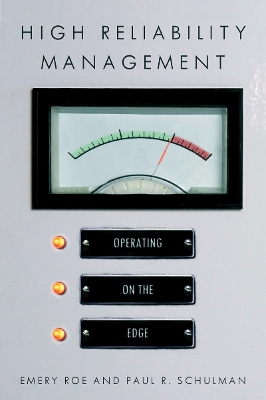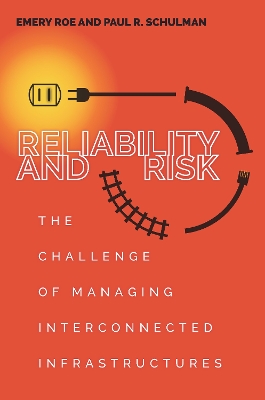High Reliability and Crisis Management
2 total works
"Reliability" has become a watchword in the business community. Increasingly, it refers to anticipation and resilience organizations' ability to plan for, absorb, and rebound from shocks. Across many sectors and cases, the approach to improving reliability in primary technical systems has been remarkably similar. Stakeholders assume that improved reliability lies in better design and technology.
This book speaks to the severe limits of formal design and technology relative to operational skills, experience, and knowledge. The debate over the vulnerability of critical infrastructures has far too often neglected the managerial dimension of public security and business continuity. High Reliability Management is the first book about the people who manage for high reliability, namely, those professionals who provide critical services continuously and safely, even during peak demand times or periods of stress.
The text draws on one of the most intensive studies of a critical infrastructure within a high reliability framework. This longitudinal analysis examines the California electrical gridone of the largest, most complex, and economically important in the world. From this research comes a new perspective on strategic balances in society, and practical advice to researchers and professionals who confront reliability daily.
The safe and continued functioning of critical infrastructures—such as electricity, natural gas, transportation, and water—is a social imperative. Yet the complex connections between these systems render them increasingly precarious. Furthermore, though we depend so heavily on interconnected infrastructures, we do not fully understand the risks involved in their failure.
Emery Roe and Paul R. Schulman argue that designs, policies, and laws often overlook the knowledge and experiences of those who manage these systems on the ground—reliability professionals who have vital insights that would be invaluable to planning. To combat this major blind spot, the athors construct a new theoretical perspective that reveals how to make sense of complex interconnected networks and improve reliability through management, regulation, and political leadership. To illustrate their approach in action, they present a multi-year case study of one of the world's most important "infrastructure crossroads," the San Francisco Bay-Delta. Reliability and Risk advances our understanding of what it takes to ensure the dependability of the intricate—and sometimes hazardous—systems on which we rely every day.

